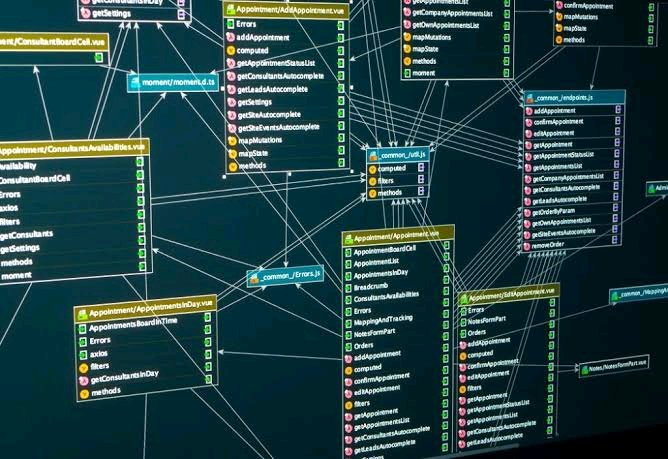
The risk of falling victim to data breaches and cyberattacks has never been higher. Hackers are constantly
devising sophisticated methods to exploit vulnerabilities in personal devices, corporate networks, and online
platforms. From phishing scams to malware attacks, these cybercriminals use various tactics to gain unauthorized
access to sensitive data, often resulting in devastating consequences for individuals and businesses alike. Understanding how
hackers operate and learning how to protect your data is essential in this digital age.
One of the most common ways hackers steal data is through phishing. This method involves tricking users into
providing sensitive information, such as passwords or credit card numbers, by posing as a legitimate organization or
individual. These scams often come in the form of emails, messages, or even fake websites that appear trustworthy.
Once the victim enters their details, the hacker gains access to their accounts or financial information. To avoid falling
prey to phishing scams, it’s crucial to verify the authenticity of emails and links before clicking and never share
sensitive information without proper verification.
Another prevalent tactic is malware, which includes viruses, spyware, and ransomware. Malware is often distributed via malicious email attachments, infected software downloads, or compromised websites. Once installed on a device, malware can log keystrokes, monitor online activity, or even encrypt your files, holding them hostage until a ransom is paid. To prevent malware attacks, regularly update your operating system and software, use robust antivirus programs, and avoid downloading files from unverified sources.
Hackers also exploit weak passwords and unsecured networks to steal data. Using simple or reused passwords makes it easier for cybercriminals to gain access to multiple accounts. Additionally, public Wi-Fi networks are notorious for being vulnerable to attacks, as hackers can intercept data transmitted over these networks. Protecting yourself from such risks involves using strong, unique passwords for each account, enabling two-factor authentication where possible, and avoiding public Wi-Fi for sensitive activities like online banking.
Social engineering is another method hackers use to manipulate victims into divulging confidential information. This approach relies on psychological manipulation rather than technical expertise. Hackers may impersonate someone you know, create a sense of urgency, or exploit human trust to obtain sensitive data. Being cautious about unsolicited requests for information, especially those that seem urgent or suspicious, can help thwart these tactics.
Preventive measures are critical in safeguarding your data from hackers. Start by implementing basic cybersecurity practices, such as regularly updating software, enabling firewalls, and using secure networks. For businesses, educating employees about potential threats and conducting regular cybersecurity training can minimize the risk of internal vulnerabilities. Additionally, using encryption to protect sensitive data ensures that even if it is intercepted, it cannot be easily accessed.
As technology continues to evolve, so do the methods employed by hackers. Staying informed about emerging threats and adopting proactive measures is vital for protecting personal and organizational data. Cybersecurity is not a one-time effort but an ongoing process of vigilance and adaptation. By understanding the risks and taking preventive actions, you can significantly reduce the chances of falling victim to cybercrime, ensuring that your sensitive information remains safe in an increasingly connected world.






